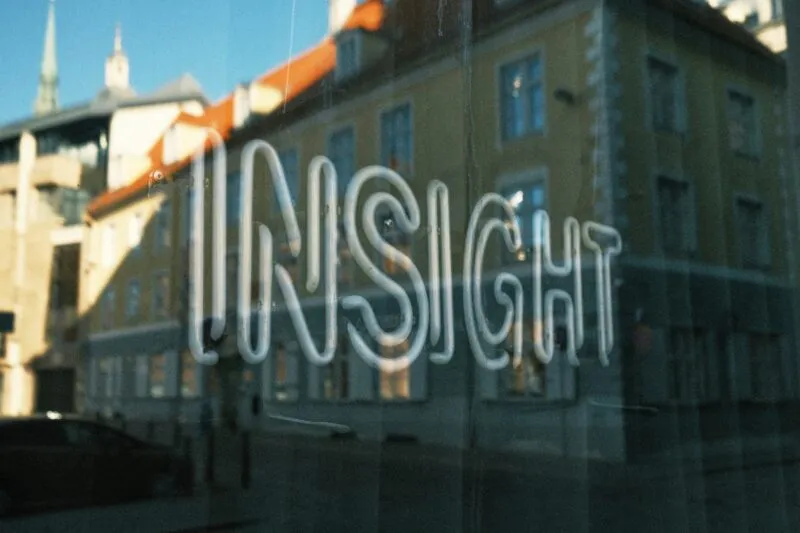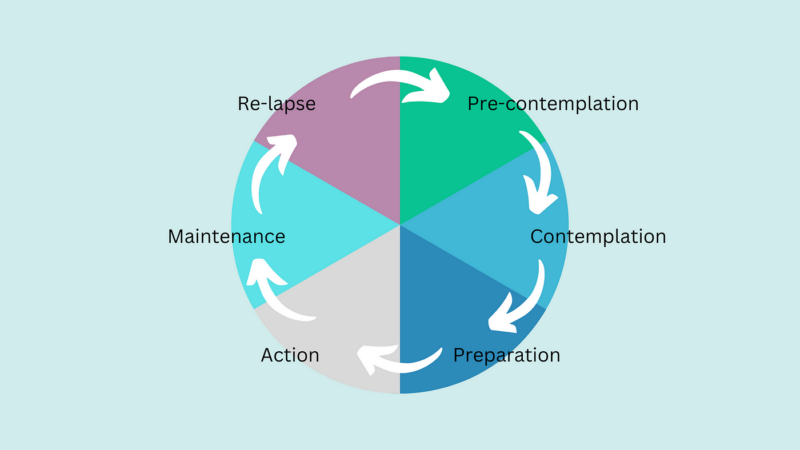Three reasons to get a new logo
‘A brand is not a logo’ is likely an overused cliché in marketing.
A statement reflecting that what goes into building a brand is complex. A logo is an important mental hook that generates recall and can set a tone.
When selecting one product or service over another, or even to know a business, not for profit or government entity actually exists, the logo is a critical mental trigger that builds awareness and trust. Choose a more well known brand with a stronger reputation of trust and reliability, or less known alternative, take a risk and perhaps pay a cheaper price?
Strong brands build equity over time, allowing them to demand a premium price, stronger revenue and with this ensure an overall company valuation exceeding that of seemingly similar businesses with less well known brand(s) and logo(s).
The decision to change a logo is generally a serious one, as the risk of change can be damaging to brand equity, revenue and even company value, yet there are times when it is plain and simple time to change.
When is it time for a brand to get a new logo?
The fundamental answer is never unless absolutely necessary, yet three reasons follow …
- The logo redesign is about evolution not revolution
- The brand’s reputation is an unfixable mess
- The brand is neglected with no equity to lose
Please allow me to unpack each of these …
1. The logo redesign is about evolution not revolution
A logo change may seem a fair strategy to grow a brand, but taking a lesson from the global dominant brands, slow and steady likely wins the race. Generally dominant brand logos are more so about evolution than revolution. Cautious evolution, only when required, and they work over many years to build brand equity and value.
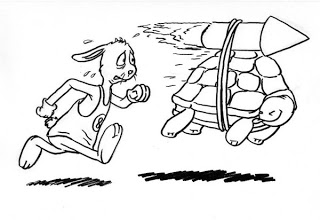
A logo, and wider brand assets such as a distinctive colour et cetera, can support the building of brand awareness, as well as differentiation beyond price in order to maximise sales revenue.
Learning from the world’s most iconic and dominant brands, the general message is to evolve with care, and rarely or never be too radical. The argument being, that changing a logo and wider brand identity runs the risk of impacting overall brand value, a critical intangible asset on balance sheets, and the goodwill associated. (Read The 2020 World’s Most Valuable Brands >). Strong brands generate significant economic value and elevate themselves beyond the product they produce.
They are unwilling to risk said brand value from being too radical.
IKEA has only had four significant logo evolutions over its 51 years, with the last two somewhat identical.
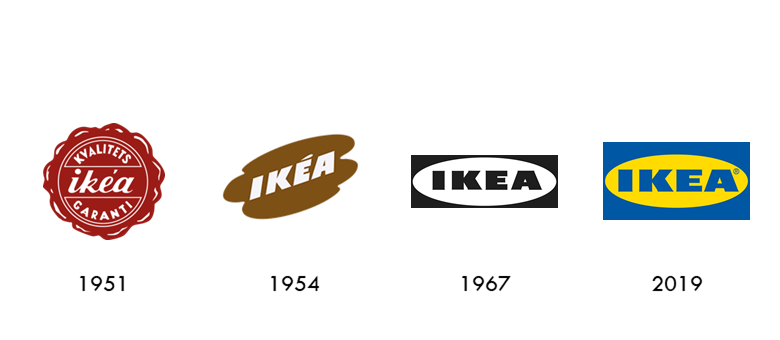
Apple has had two fundamental shifts in its logo since 1976, with iterations since 1978 largely subtle tweaks of the now iconic apple icon.


Lego has gone through a larger number of iterations since being founded by Ole Kirk Christiansen in 1949, but the current logo has remained unchanged since 1998.
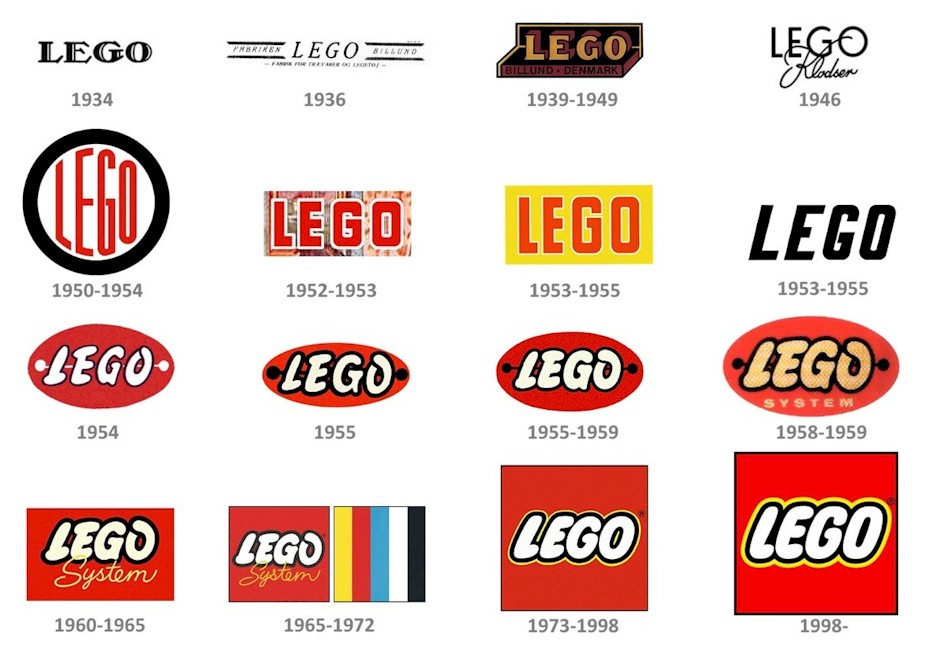
VW, McDonald’s, Shell, Pepsi, Coca Cola and most other dominant brands are more so about subtle evolution, rather than radical reinvention. Particularly in recent decades, as likely marketers have realised the importance of retaining established mental cues.
An excellent website resource logopedia databases the world’s brands and shows the history of their evolution or revolution. The question of when to revolutionise a logo, seems to come back to only when absolutely necessary.
https://logos.fandom.com/wiki/Logopedia
2. The brand’s reputation is an unfixable mess
There are times when logos need to change, and move forward bravely. To put a line in the sand to say to staff, investors, customers, the community and others that the past is history and the future is about a fresh start.
A few years back National Australia Bank changed it’s name to nab in an effort to show a clear line in the sand to move forward following experiencing a spectacular and public jolt to its reputation after traders on its foreign exchange desk lost $360 million.
As noted in an article around that time quoting the brand designer Richard Henderson …
“When organisations go through that process of analysis and do, if you like, an audit of where they see themselves in the marketplace and the perception that the marketplace might have of them, quite often just looking at communications is not enough. It requires the organisation itself from an internal point of view – and then out to its marketplace – to revitalise itself and express to the market that the organisation is either reinventing itself or changing to improve perceptions.” Read more in the full article >
A new brand logo and identity can be a valuable way of telling the market ‘we are moving forward different and fresh, leaving the past behind us.’
Yet, even with nab’s believed to be $1Billion + repositioning effort to build their reputation, shameful moments such the 2019 Banking Royal Commission illustrated fundamental problems in the culture and management of nab.
Even a new logo can’t fix this. A refreshing brand and logo will only go so far, and it will not overcome internal imbalance of values and brand promise versus reality.
In 2017, mining mega corporate BHP rebranded and created a new logo, to illustrate the continuing key role of the business in the Australian economy and community, likely suffering with social sentiment trending away from mining and towards alternative energy and greater levels of environmental consciousness. As one of Australia’s top few ASX listed companies, BHP likely viewed it as important to communicate their value to the community and to keep the share price at a strong level as community sentiment continues to evolve.
“We fundamentally believe that as society changes it is up to us to make the case – more confidently and effectively – for the positive role that well-run and responsible companies play in society” BHP chief external affairs officer Geoff Healy, in B&T, read more >
Both nab and BHP were well aware of the risk of changing their brand, and the need to change was taken with extreme care and a very large investment to communicate the change in order to have little if any impact on their overall brand equity and value.
As social values change, what was once condoned is then taboo, even embarrassing.
I can recall working with the ‘Crippled Children’s Association’ in 2004 to conduct research to endorse a move away from the now professionally and culturally offensive name, towards the new name ‘Novita.’ We are currently working with a ‘controversial’ brand name, with a strong financial model, puzzling at how they best evolve gracefully.
Names can become more risk than value, and change is overdue or inevitable, be this social norms, racist and other inequality, or just a brand and logo now a bit on the nose.
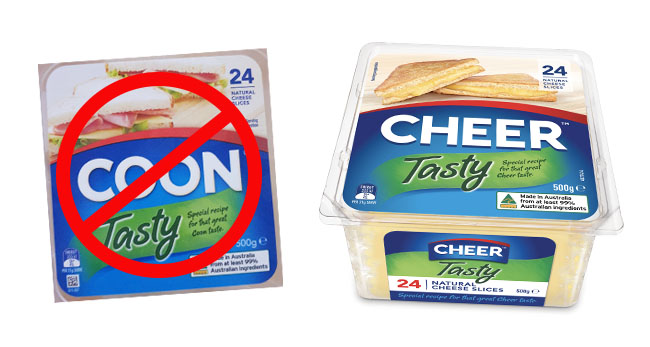
Even when there is risk in losing brand equity and customers … revolutionise the brand. Yet, match the change with a suitably large marketing investment to promote the change to avoid awareness, sales and other key metrics dropping and potentially not recovering.
This is critical. The basic answer to when as to when to change a brand is never, yet if it is necessary, the investment in telling the market and other key stakeholders of the change should be much, much larger than the basic cost of logo design and roll-out.
Marketing a new logo is like the bridge over a dangerous river, when the market and other stakeholders become aware and comfortable, brand danger has been averted.
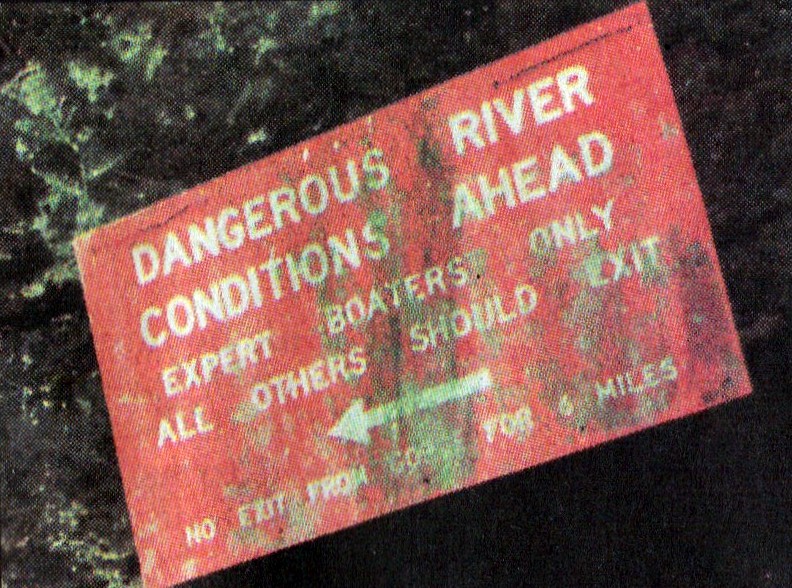
3. The brand is neglected with no equity to lose
While the market dominant brands are strategically focused on building their equity, often medium to small local brands see little measurable growth over time. Brand equity can be measured through surveys and associated to corresponding revenue compared to competitors.
https://squareholes.com/2018/02/how-to-measure-brand-value/
It can be alarming for marketers and their leadership how ineffective their advertising is in building the most fundamental of marketing metics – awareness. Without awareness growth, revenue is also typically stagnated, and brand value as an asset does not grow.
On the positive side, changing a logo for a brand with low to no awareness is likely to have little to no ramifications, so the risk of change is also low to none. With a realisation of the brand having little awareness and wider brand equity, a logo refresh to better positioning the brand may act as impetus to a new era of brand building and strategic commitment.

In much of our research on diverse brands over the past 20 years, the predominant deficiency in performance is low to no awareness. Marketing often does not work, or at least does not work to build brand equity. Exasperating this, there is often a lack of growth over time due to misdirected strategic focus and/or insufficient marketing investment. Low to no brand awareness likely has little if anything to do with the logo.
Keeping a brand fresh and salient is important, yet typically this does not need a new logo.
We are currently working with a large beer company on trends and opportunities in the category. Emerging brands such as Pirate Life, and a growing number of smaller craft beers, are changing the landscape and moving the conversation and potentially purchases away from larger dominant brands. Brands such as Coopers are perceived as traditional and old, yet from the research, they are keeping the brand fresh through new products suiting the emerging consumer, and connecting with new markets. Coopers also have a long history of commitment to brand building through advertising and other promotional activities. Ever evolving the brand without changing the logo.
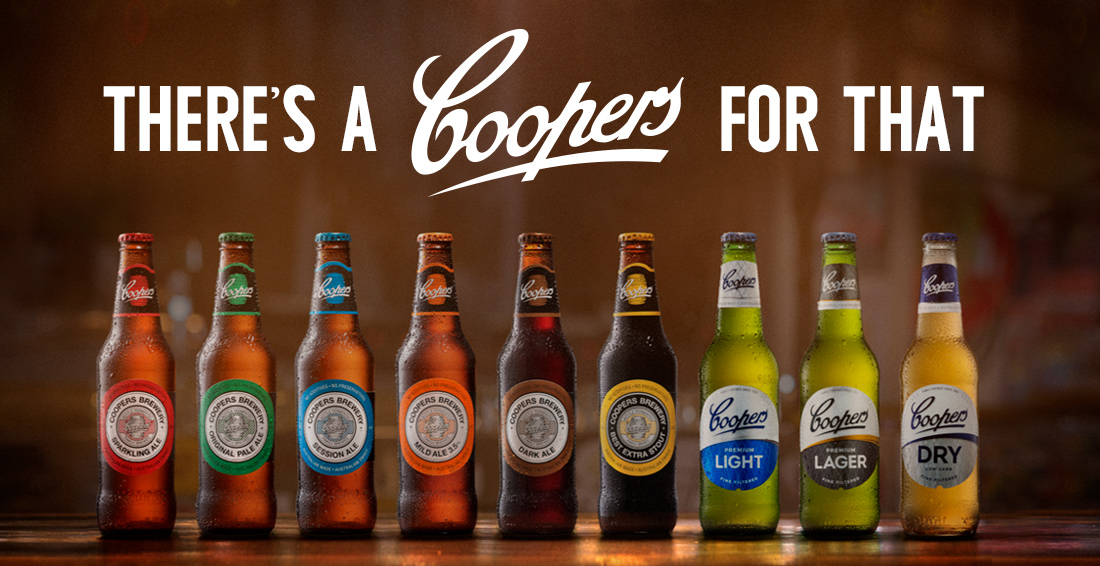
Brands fit with a wider socio-economic context. How they grow awareness and meaning is complex, yet likely the biggest strategic gap to driving growth for many leaders. Much of the research Square Holes conducts is to explore the market and to optimise marketing positioning, and uncontested space to inform advertising and other promotions.
What are the marketing territories that the brand can leverage to meet category basic needs, as well as higher level psychological and other needs, and optimal positioning to better stand out from a wide range of likely identical competitors?
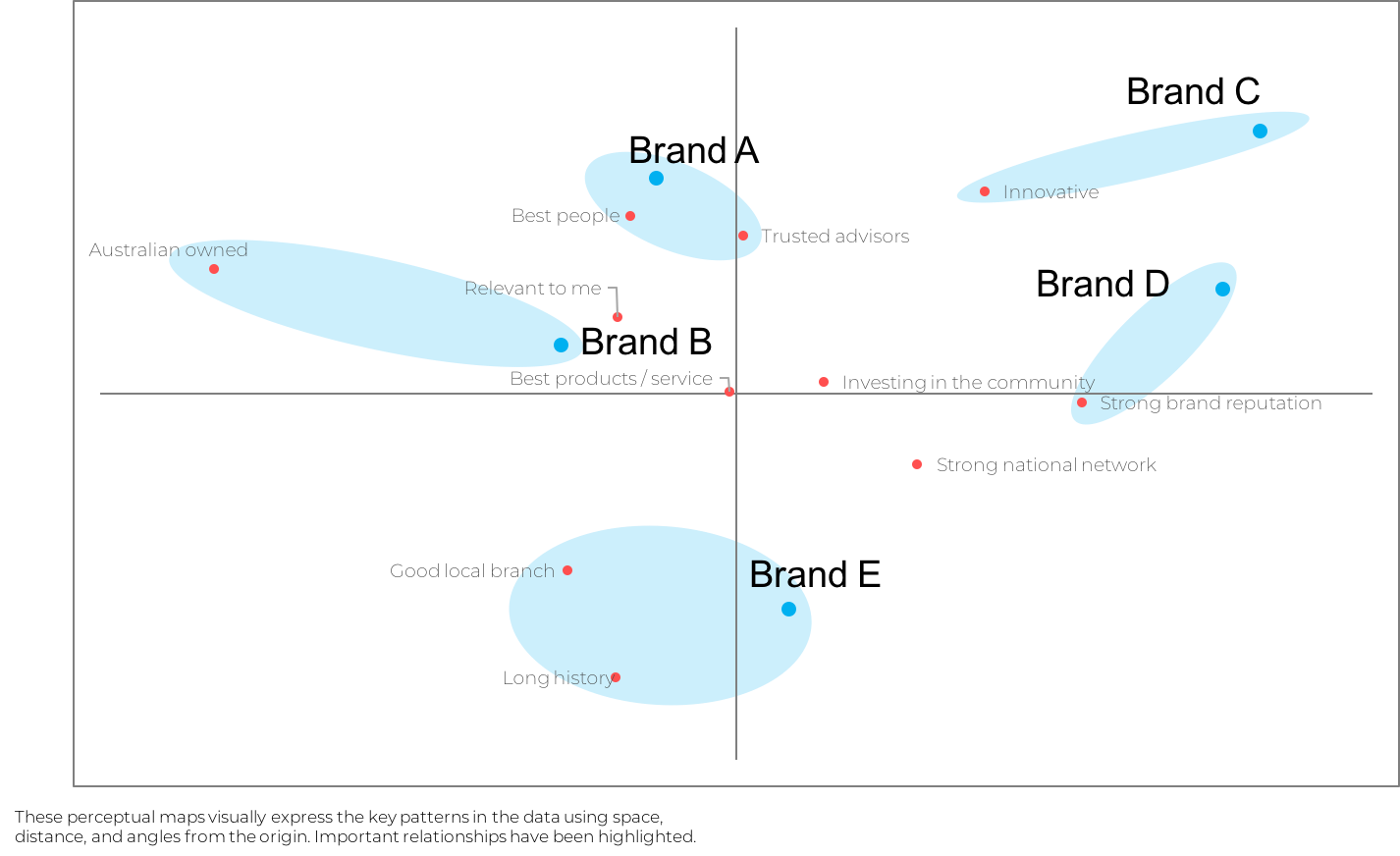
Brand evolution is about steadily evolving and cleaning up the logo only when required, being distinctive and telling a compelling narrative. It comes back to the brand building investment and strategy, leveraging a solid product and service and articulating the truth.
Thanks.
You want more, few more dominant brands and how they steadily evolved over time …
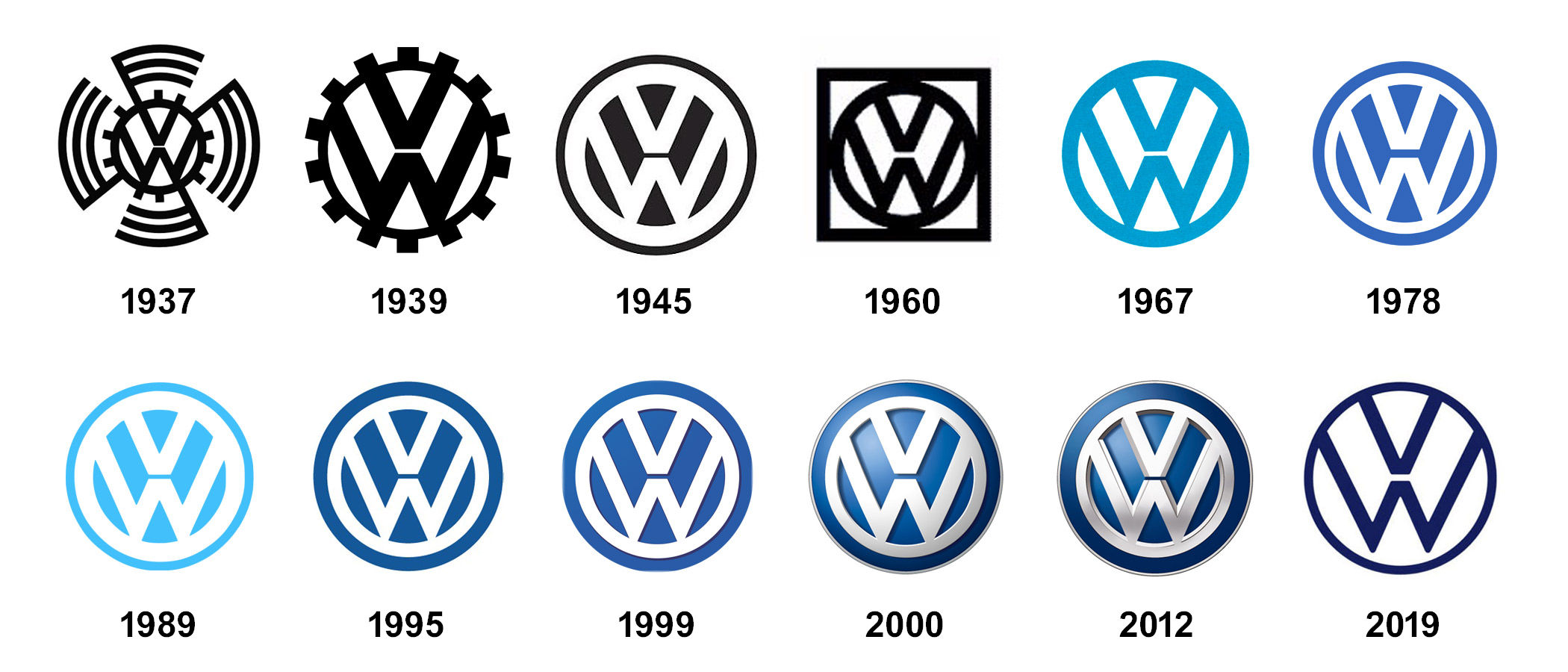
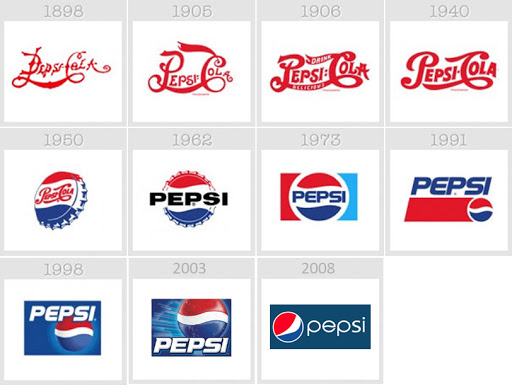

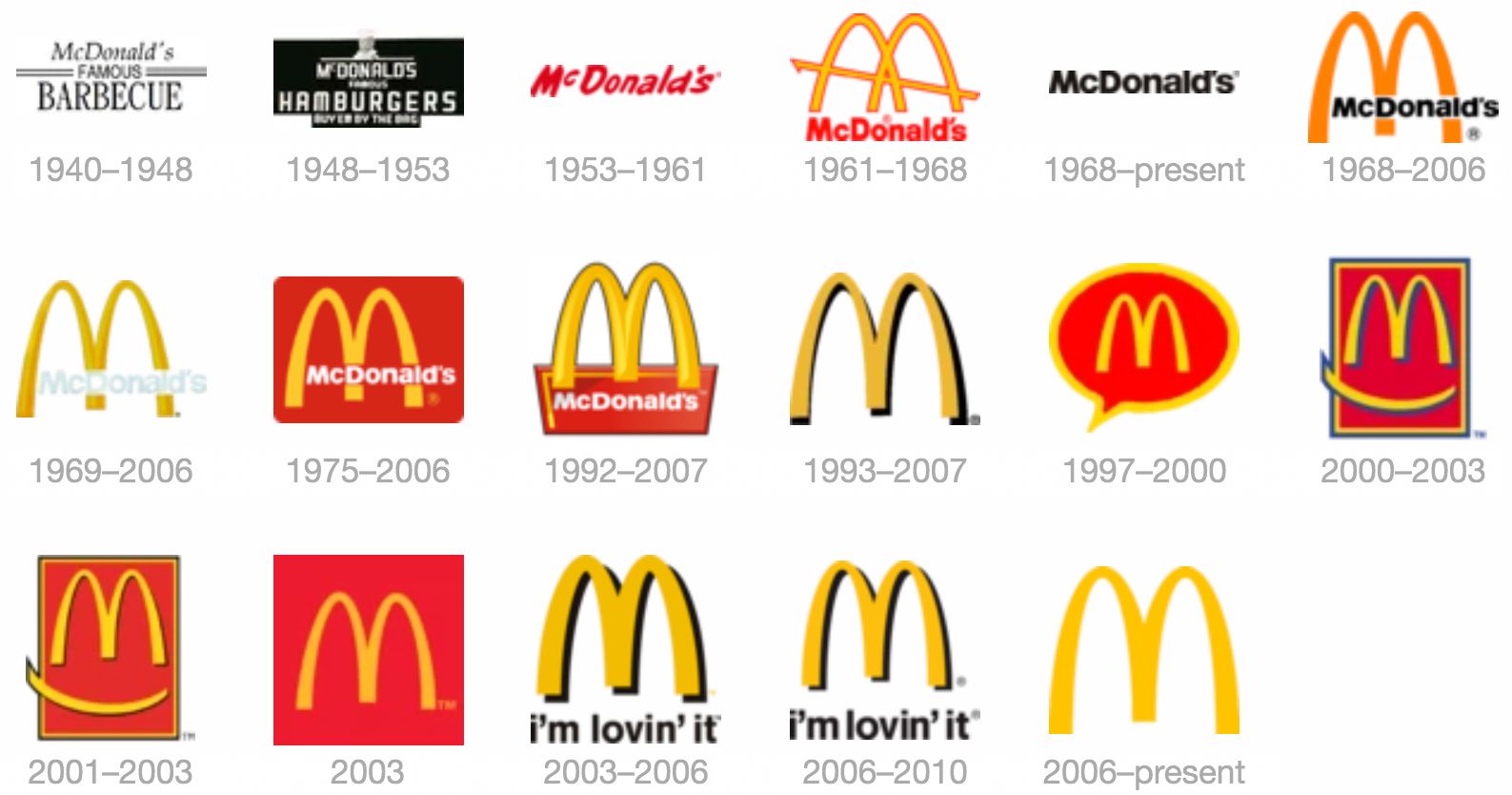
You may also find this of interest …
https://squareholes.com/2018/11/brand-relationship-not-story/

